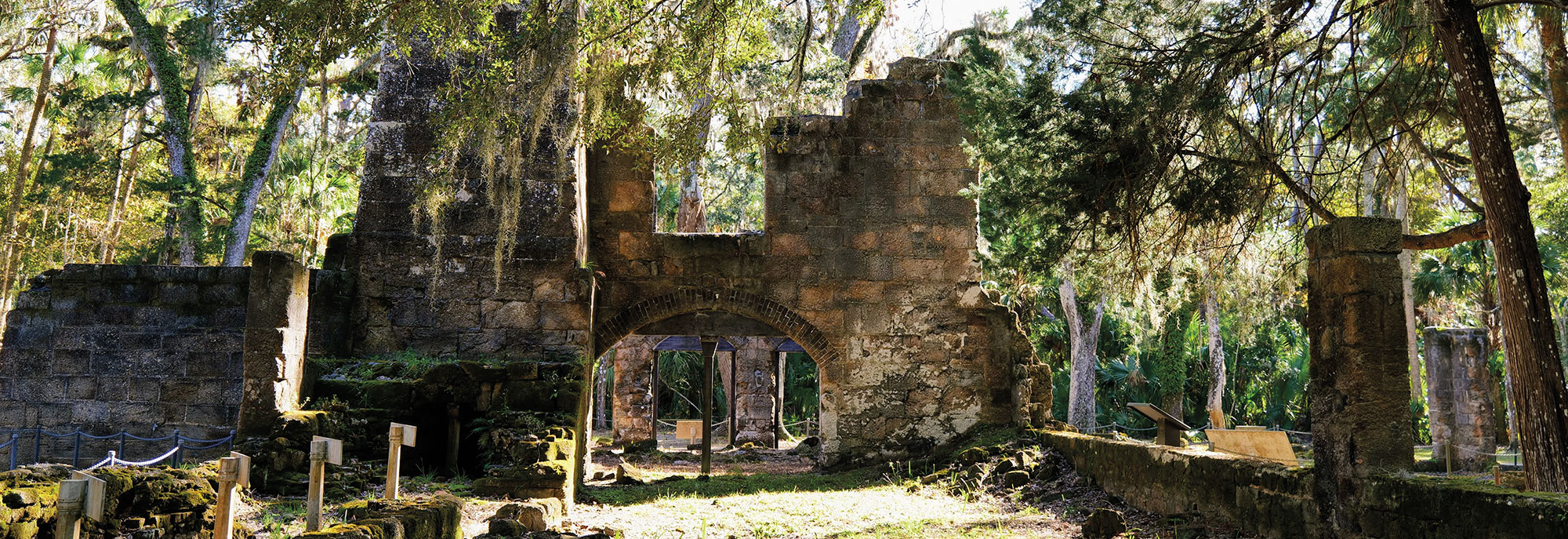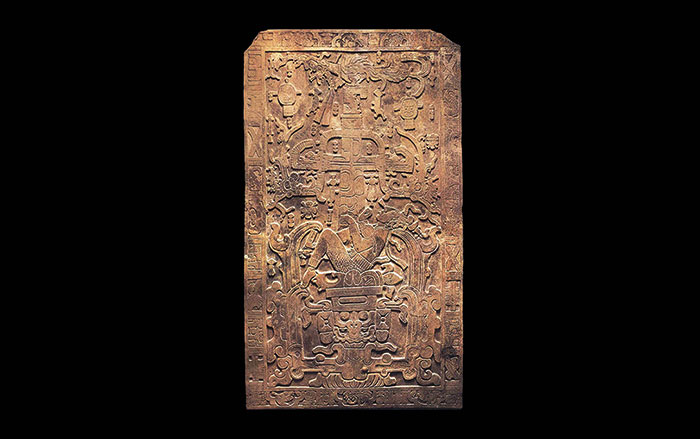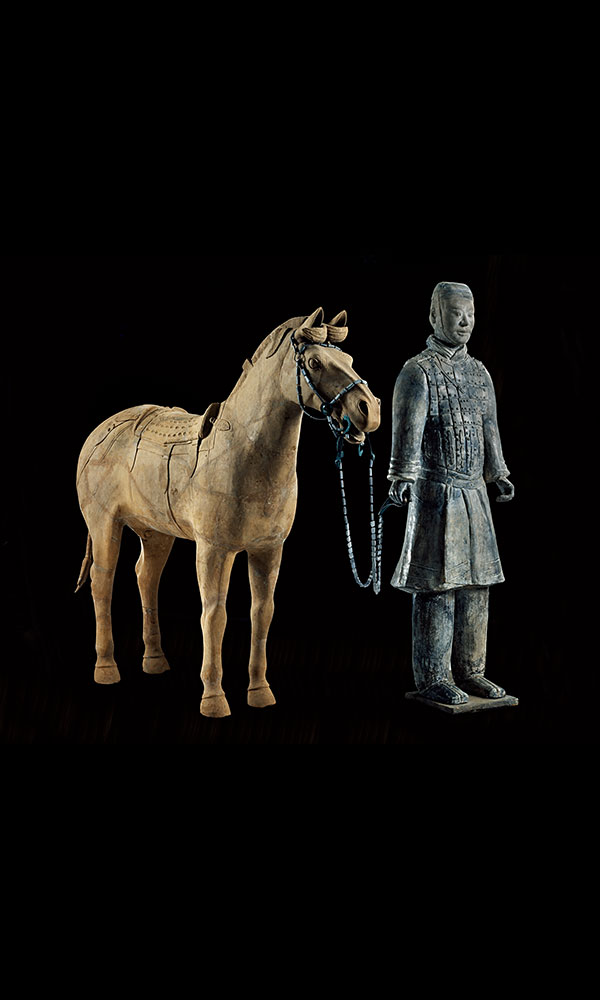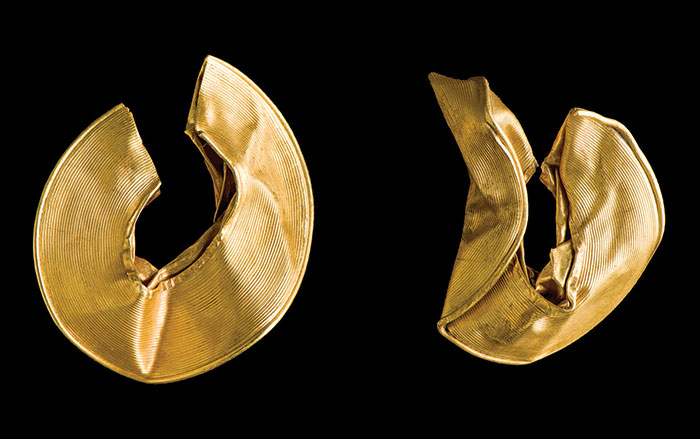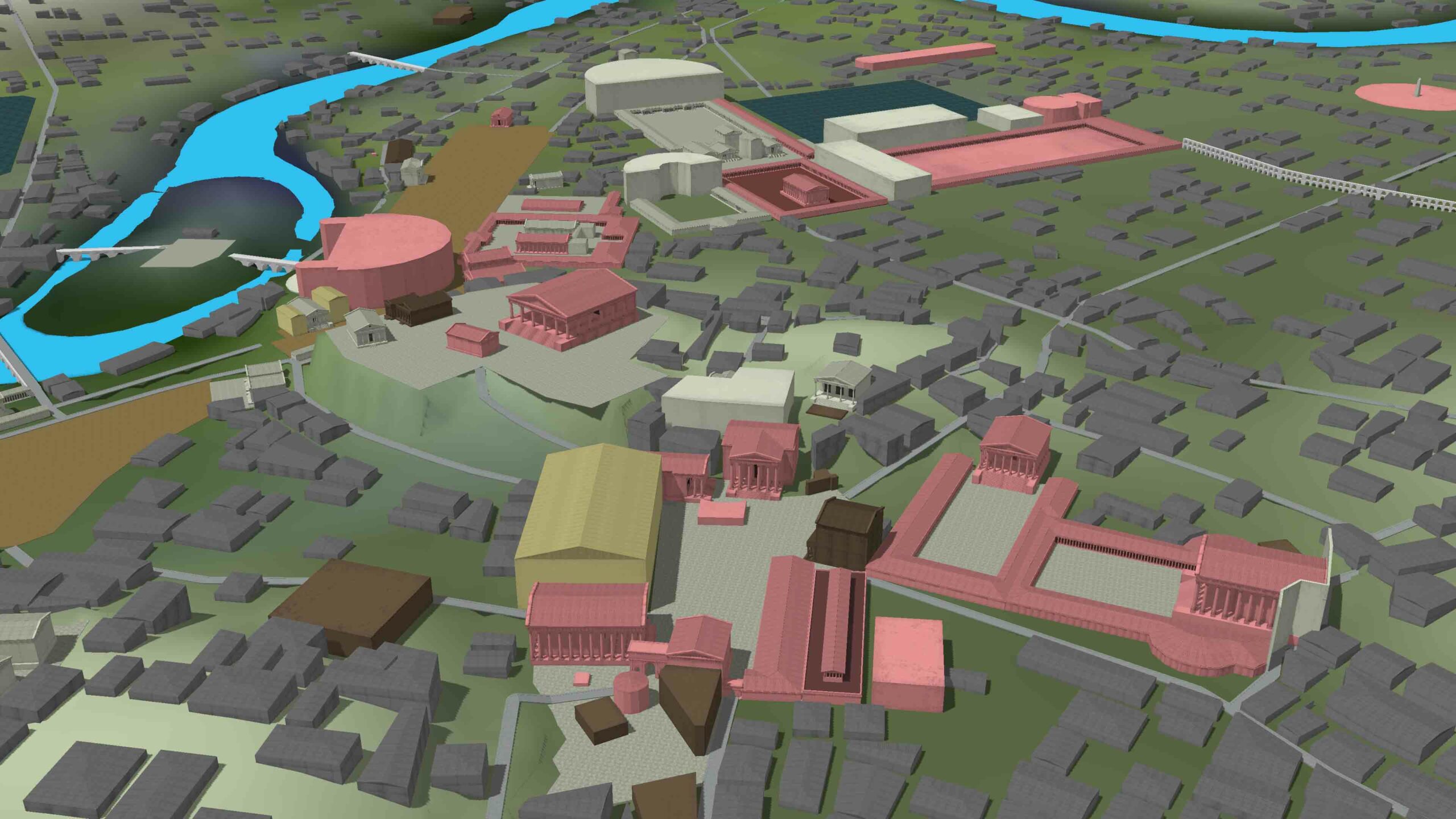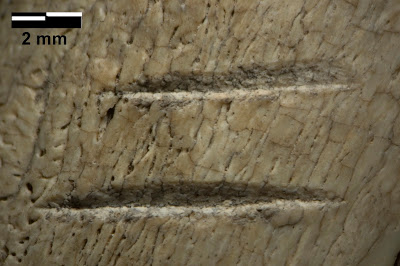
ATLANTA, GEORGIA—Marks on a pair of 3.4-million-year-old animal bones found at the site of Dikka, Ethiopia, appear to have been caused by butchering with stone tools, argue Jessica Thompson of Emory University and her colleagues in the Journal of Human Evolution. The new study uses statistical analysis of marks on more than 4000 bones found at the same site to refute a claim made by other scientists in 2011 that the marks were caused by incidental trampling. The bones date to long before the emergence of the genus Homo and appear to significantly push back the evidence for the earliest known instance of large animal butchering. "Our analysis shows with statistical certainty that the marks on the two bones in question were not caused by trampling," Thompson said in a press release. "While there is abundant evidence that other bones at the site were damaged by trampling, these two bones are outliers. The marks on them still more closely resemble marks made by butchering." To read about the earliest known stone tools, go to “The First Toolkit.”


